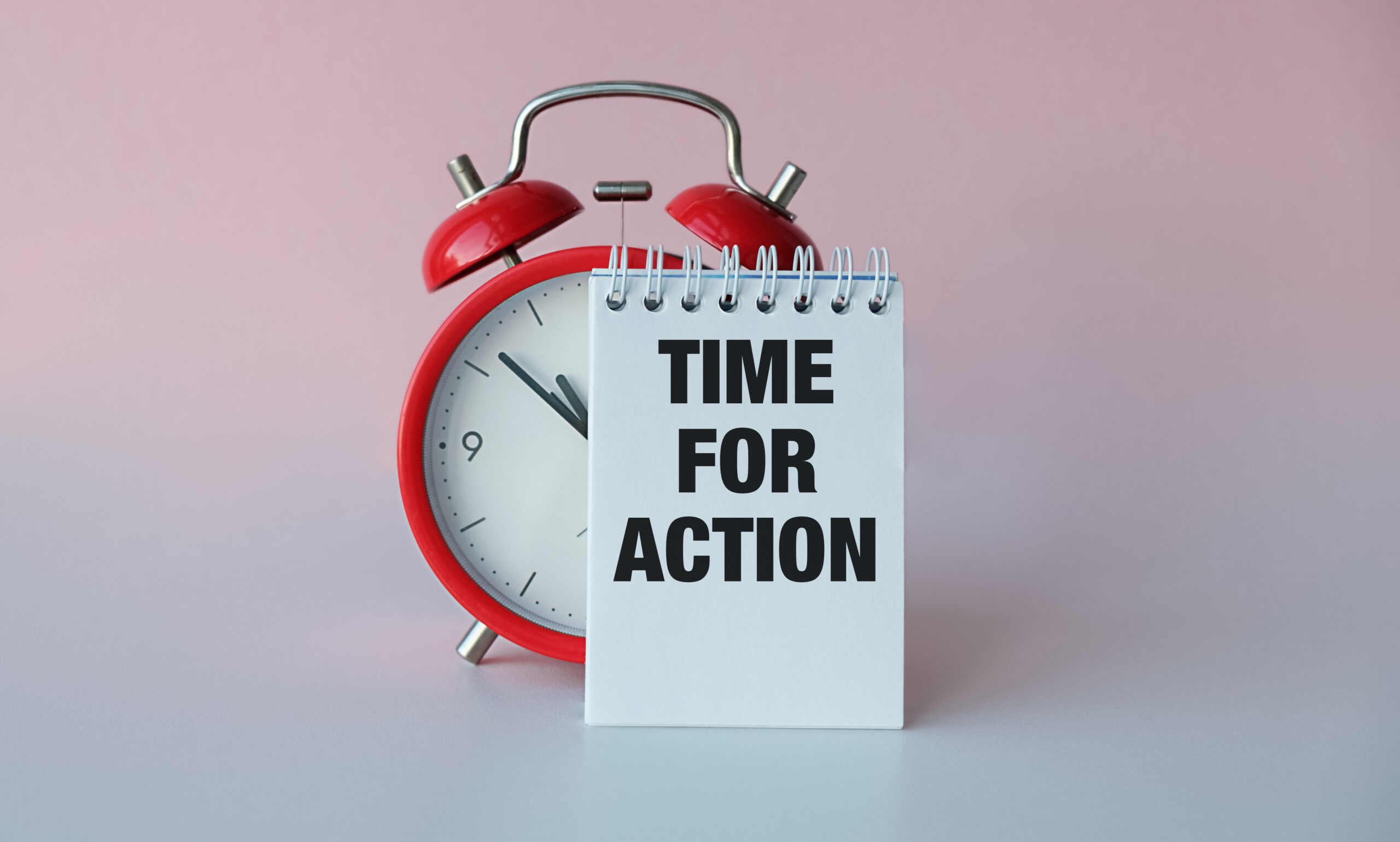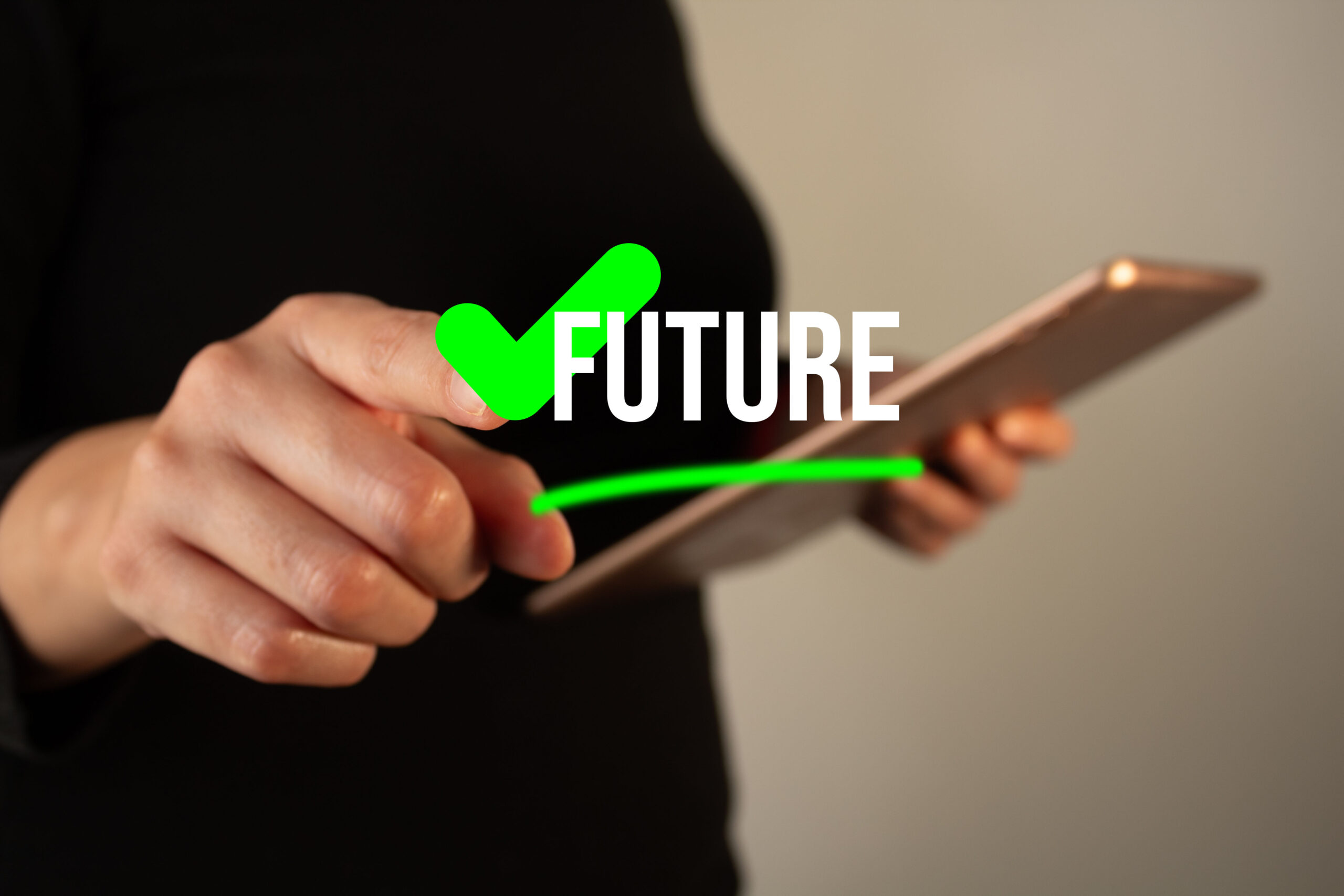Thinking critically about the past, present and future can be a “catalyst for learning”, says Mary Holmes.
Here we unlock a classic piece about reflection from back in July 2012.
Life is tough; old solutions based on repeating existing patterns of behaviour and traditional thinking will not sustain businesses. Being successful today demands resilience and the ability to handle conflicting demands, while generating creative approaches to delivering services in resource-constrained situations.
As coaches, we can foster resilience and creativity in our clients by encouraging critical reflection; it can be the catalyst for learning that drives action, based on contextual sensitivity and an appreciation of the reality of the situation.
Critical reflection can enable clients to learn about themselves, others and their organisations; it allows them to act, based upon a deeper understanding of the complex reality in which they are operating. Coaches can facilitate it to help clients make sense of their context, thereby encouraging action and learning as a cyclical approach to work.
Managers and leaders may need to be persuaded of the value of reflection and, as coaches, we can show how it influences their ability to learn and make sound decisions within a challenging environment. Personal experience suggests that managers may not reflect because:
they are unsure of where to focus attention and what questions to ask
they are feeling pressured and lack the time.
To overcome these barriers we can offer:
- a model for critical reflection for application with clients
- a review of time-frames for reflection to look back, forwards and in the present (just-in-time learning).
This article explains a model for critical reflection and provides practical examples of its application within the contexts of coaching, action learning and personal development.
Critical reflection model
The critical reflection model provides clear areas in which reflection can be focused and within each area of the model, questions can inform the reflection.
Critical reflection can encourage people to “learn, not only about the task and themselves and their own practice but about the ‘micro-politics of organisations’ – how you get things done around here”1. To develop our performance, we need to recognise and seek to understand the emotion and politics in situations, as well as the rational and logical2.
By seeking to understand emotion and politics, we are moving into the messy territory that is the reality of organisational life; messy because we have to deal with feelings (our own and those of others), behaviours (certainly not always rational), assumptions, hidden agendas and power struggles. Effective performance and personal resilience depends upon raising our awareness and understanding of these factors and being able to adapt and be responsive in our behaviours.
Critical reflection brings together the four areas shown in Table 1 right (see pdf), and we can shift the spotlight across these areas to test our understanding of each and to consider different perspectives. In working with this model, it is important to have a wealth of questions for each area. What follows are examples of questions that coaches and developers can use in working with the model; the questions posed all take the time-frame of looking back on a situation.
Process and decision-making places attention on how the situation was handled and how decisions were made. One may ask the following questions:
- how was the issue tackled?
- what tools and techniques were applied?
- what planning and risk assessment was undertaken?
- was innovative thinking encouraged? If so, how?
- how were decisions made and who was involved?
Systems and culture attends to organisational aspects and their bearing on the handling of the issue. One may ask questions about:
- the impact of organisational policies upon how the issue was addressed
- the values and principles (implicit and explicit) that influenced decisions
- how power dynamics within and between groups and individuals influenced the overall approach.
Relational focuses attention on interactions and power. One may ask:
- who was involved and how? (This may raise issues about who was excluded)
- what emotions were triggered?
- how were the different responses and feelings of people and teams taken into account?
Self means attending to one’s ongoing awareness. One may ask:
- what can I learn about my resilience and emotional control?
- how did I seek to influence throughout the process?
- what assumptions did I hold in making certain decisions?
Having explored each area of the model in isolation, you can then consider their interactions, as illustrated by the arrows. For example, you may explore the link between relational factors and process. This may highlight how different people/groups are included in/excluded from decision-making processes (eg differences between staff groups; by seniority; part-time, full-time, shift workers; minority groups etc).
In explaining the model, the time-frame used was of looking back on a situation. However, reflection can be in different time-frames, so let us see how we can reflect in three different ones.
Reflecting – three different time-frames
Effective reflection should be an ongoing process if it is to drive learning and improve performance
As coaches, we should encourage our clients to reflect back, forwards and in the present (during a situation – in the ‘here and now’). Within each of these time-frames, one can cover all or some areas of the model and the inter-relationship between them.
Reflecting back, or reflecting-on-action3, is often the most familiar time-frame for reflection. It ensures that we look back and seek out any learning from a situation or issue. We can then take this learning forward and apply it to an issue as it progresses, and also into new and similar situations. For example, if one learns that the organisational culture is resistant to highly participative approaches to decision-making, and yet one’s own principles value engagement, one can move forward with the understanding of the need to seek ways of influencing such resistance.
Reflecting forward is a key method for translating learning from reflecting back into action. Planning and preparation can help us seek ways to apply our learning and ensure that we consider relevant aspects from the four critical reflection areas. For example, it may be useful to use prior knowledge of colleagues in considering who may support and who may block proposals; here one may adopt a force-field analysis, which will help us consider the pressures for and against, enabling us to plan strategies for maximising support and facing potential blocks (in simple terms, who is for me and who against).
Reflection-in-action is the ultimate in just-in-time learning. Having honed one’s skills of reflection in a less frenetic setting, it is possible to apply them in the heat of the moment and handle a potentially challenging situation. For example, it may enable one to spot and respond to a negative emotion in a colleague or to be aware of the power dynamics at play within a meeting. Such factors can go unspotted in the heat of discussion, yet they are highly significant in the potential impact that they will have on a final decision.
Questioning is fundamental to effective reflection, and is therefore a key driver in our learning. It is important to inquire into what is being learned from reflection and how it has increased understanding within each of the four areas. Questions, either for ourselves or others, may include how will this learning influence your actions in relation to a current issue and to future behaviour? What can you do to become a highly-skilled critical reflector? How can collective reflection enhance performance? What are the opportunities to encourage and embed collective critical reflection in how we work together?
Critical reflection in action
Having taken a look at the model, questions for each of its areas and the three time-frames, we will now look at their application in three settings. The purpose here is to illustrate how critical reflection can apply in a one-to-one setting, with a group (specifically an action learning set) and for self-development.
A coaching conversation Here we take the example of reflecting forward with a client in preparation for an important meeting. The client has previously discussed a lack of confidence in handling important events. He now wishes to work on his preparation for a project group meeting, in which he wants to persuade members to consider a radical new approach. The purpose of the session is not to check out his thinking about the approach, but to focus on preparing for the meeting.
Together the coach and client may choose to initially focus on the top two quadrants of the critical reflection model and their inter-relationship, as a way of exploring the relevant positive factors within the context of both the organisation and the processes adopted by the project group. For example, how may the proposal be couched or pursued to increase the likelihood of a successful outcome? If the group members like to make decisions based upon sound evidence and practical application in similar situations, the client needs a wealth of relevant information at his finger tips and may use this to inform how he presents the idea to the group. If the organisation is currently paying significant attention to ethical decision-making and engagement of stakeholders, he may wish to consider how adopting this approach will play to that agenda.
Placing a focus on relational aspects will enable the client to understand the potential dynamics within the group and beyond, considering how these may influence people’s responses to this proposal. This may give space for some real work on ‘stepping into others’ shoes’ to understand how they may feel and what they may think about the proposal. By raising his own awareness of such relational factors, he can consider how they can be levered to his advantage.
With all this opened up, focusing on himself may set the scene for some serious planning about his personal approach on the day – what does he want to be thinking, feeling and doing? So he is using a full exploration of the context to apply a solutions-focused way of planning for how he will be in the meeting. Depending upon the client, this may offer the scope for some real practice of handling aspects of the meeting.
Action learning set The model and time-frames can be applied both to an individual’s issues and to understanding how the set is working. In sets, negative behaviours may have an impact upon their working (eg lateness, non-attendance, poor engagement). Each of these can offer scope for critical reflection: deepening the set’s understanding of what is happening in the room can improve its overall effectiveness, raise awareness of the organisational context and develop each member’s ability to critically reflect.
Example: a group of managers from across an organisation were undergoing major change; the model enabled them to become aware of the nature of the change and its impact on particular staff groups. They identified that one group was feeling increasingly isolated; this gave them the challenge of what to do with this understanding. They shared it with the executive team as feedback from their learning; the executives took action to engage more effectively with certain staff groups. Thus reflective learning influenced behaviour and actions more widely across the organisation.
Developing the developer Developers need to be highly sensitive to emotion and power within the organisational context, as these factors have an impact upon learning and action. For external developers and coaches, this understanding must be developed quickly, using the range of experiences and interactions with the organisation to check out the formal story. The dimensions of the model and their inter-relationship provide a comprehensive approach to asking pertinent questions and of processing our experiences.
Here is a personal example: recently I was invited to meet with the HR director of a major company. He was keen to tell me about the recently adopted OD strategy that included a range of principles and behaviours distilled from a large consultation process. I felt confident that there was congruence between what was espoused and the real experiences of employees and others. How? The care shown by the PA in setting up the meeting and the way I was greeted by reception staff on my arrival: their enthusiasm and positive attitude was infectious.
This was some useful just-in-time learning and also a basis for coaching supervision as I established a coaching contract with the organisation.
Critical reflection – practical tools
As I have already indicated, critical reflection and inquiry can be undertaken both individually and collectively. Here are just a few simple tools that can be useful in applying the model in practice.
Storytelling There is a wealth of evidence that storytelling and the use of metaphor can be powerful in stimulating change within individuals, teams and organisations. In working with the four quadrants of critical reflection, we can encourage the telling and sharing of stories.
Self-disclosure through story-telling is one way to encourage openness in cultures that close down emotions and any perceived form of weakness. Stories that encourage people to open up can lead to important insights across the four dimensions. Metaphors, both one’s own and those used by others, are important in seeking out the unconscious assumptions we may hold about ourselves, others and the organisation in which we work.
Writing and drawing Some people find that writing and drawing can open up reflection, looking both back and forward. Using this may offer people different ways of getting access to the four quadrants.
Practical tools that enable people to engage with critical reflection in a creative way can be powerful. [pullquote]These creative approaches can offer different ways of collective sharing and learning[/pullquote]. This can then lead to action based upon an exploration of the context, a consideration of the micro-politics and an appreciation of the relational aspects; all this contributes to enhanced self-awareness.
Moving forward
This article argues that critical reflection is a fundamental skill for continual learning and adaptation. Leaders and developers need to be adaptable, flexible and able to respond to new and different challenges. Critical reflection is the foundation for understanding ourselves, others and the context in which we are working.
Having engaged with critical reflection, you are now challenged to ask yourself the ‘so what’ question. What thoughts and feelings have you experienced while reading this article? How would you wish to take this forward into action? To do this, what is the first step and how will you learn from that?
Whatever comes next, I trust it will involve learning.




